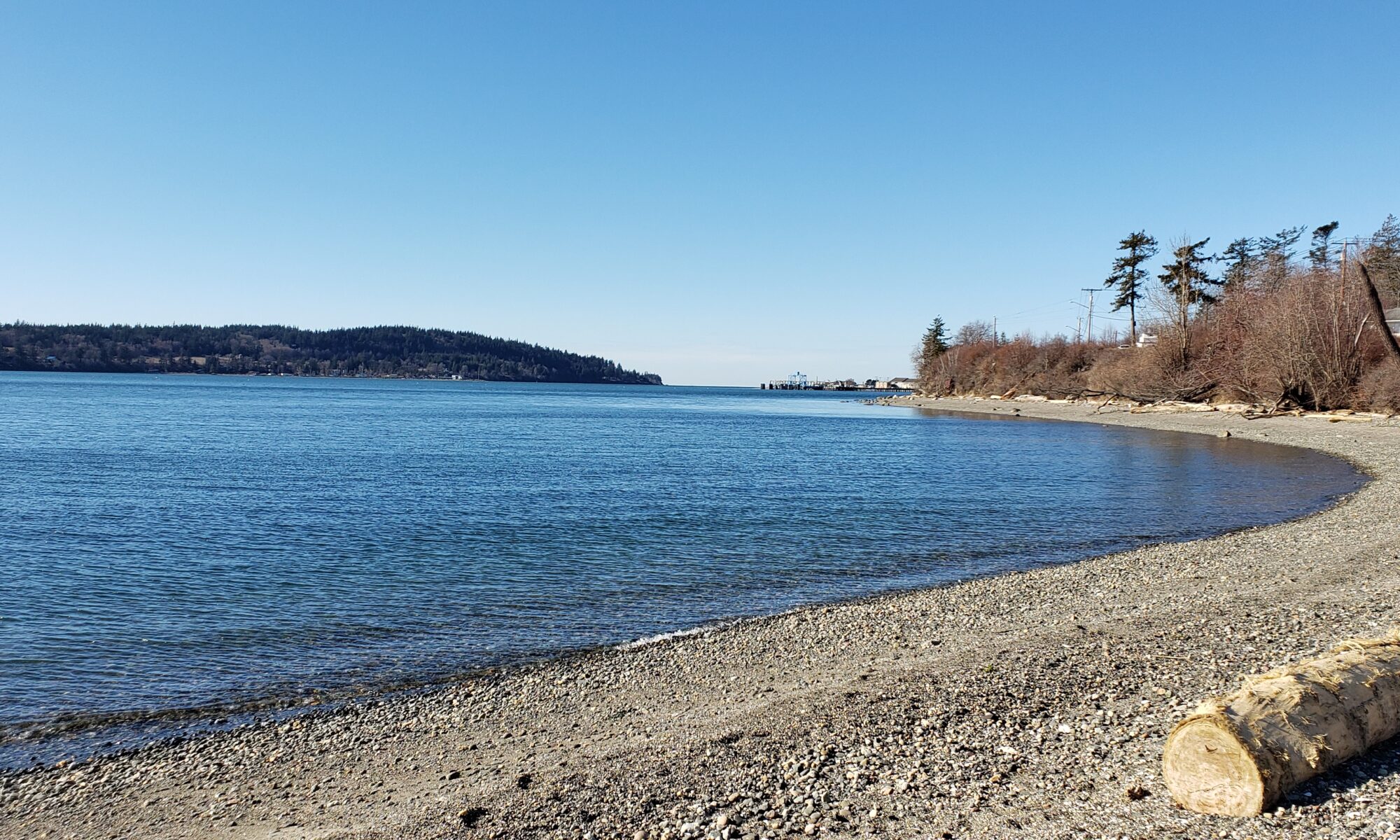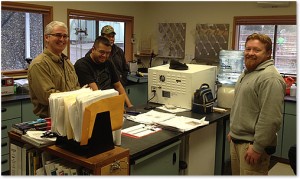Lummi Tribal District Sewer System
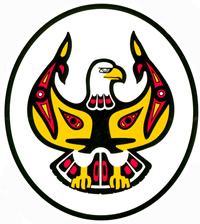 Lummi Tribal Sewer District (LTSWD) is committed to protecting our community’s public health and the environment. We utilize some of the latest technology to achieve those purposes. Currently, we are expanding and upgrading our facilities in Sandy Point to continue to remain in compliance with all Federal Clean Water Act requirements, and protect our beautiful serene but fragile marine ecosystem.
Lummi Tribal Sewer District (LTSWD) is committed to protecting our community’s public health and the environment. We utilize some of the latest technology to achieve those purposes. Currently, we are expanding and upgrading our facilities in Sandy Point to continue to remain in compliance with all Federal Clean Water Act requirements, and protect our beautiful serene but fragile marine ecosystem.
We provide sewer service to more 1,800 customers on the Lummi Reservation. The District derives its authority and rules of operation from the Lummi Nation Code of Laws and in particular “Title 16 Sewer and Water Code”.
The Code establishes a Sewer Board of five members to direct the District’s operation with oversight by the Lummi Indian Business Council. “The Sewer Board shall consist of five (5) members. Two (2) members will be elected from the community within the boundaries of the District. Two (2) members will be elected from the Lummi Indian Tribal membership. The fifth member will be a member of the Lummi Indian Business Council, and shall be appointed by the Lummi Indian Business Council to the Sewer and Water Board position (16.01.040).”
The District is relatively rural in character, which means we have more pumps and pipe to operate and maintain per customer than typically found in urban areas which tends to result in higher operational costs. All sewer service in the Lummi Nation is provided by LTSWD.
The District operates 3 separate wastewater systems under permits from the Environmental Protection Agency. The Sandy Point system serves the northwest area of the reservation including Sandy Point, Neptune Beach and Sandy Point Heights. The Kwina Road system serves the Kwina Road area and all services to the north. The Gooseberry Point system serves the Gooseberry Peninsula south of Kwina Road.
Overall the system contains 60,000 feet of pressure sewers and 59,000 feet of gravity sewers for a total of 119,000 feet of pipe. A total of 29 sewage-pumping stations are required to pump the wastewater to the treatment plants.
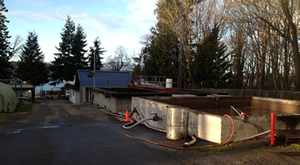 Above: Gooseberry Waste Water Treatment Plant
Above: Gooseberry Waste Water Treatment Plant
The District has two different types of wastewater treatment systems. The two types are Rotating Biological Contactors (RBC) and a Membrane Bio Reactor (MBR). The Gooseberry and Sandy Point plants are RBCs and were built in the early eighties. They have a capacity of 375,000 and 250,000 gallons per day of capacity respectively. They both provide a level of treatment called for in the Clean Water Act of “secondary treatment”.
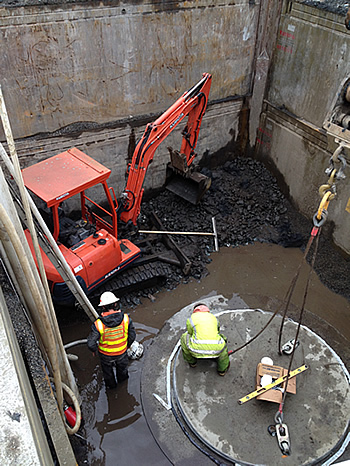
The Kwina Road plant, which was built in 2006, utilizes a membrane technology, which provides a very high level of treatment (tertiary treatment in Clean Water Act terms). It has a capacity of 100,000 gallons per day. The effluent from the plant is clean enough for reuse applications for such things as irrigation and can be used in buildings for flushing toilets and urinals. The District is currently discharging the effluent under an injection permit from EPA to a drain field and is exploring opportunities for reuse.
The treatment process removes from 85% to 99% of the pollutants in sewage. The removal process involves using bacteria in high concentrations to achieve what normally happens in weeks or months in nature to a matter of hours in the treatment plant. The bacteria literally eat the wastes and convert it into more bacteria called biosolids. These bacteria are concentrated and then shipped to a digester for a minimum of 45 days of additional treatment. Once they are fully digested the biosolids are applied to a dedicated biosolids application site located on the Gooseberry Peninsula. The site grows hybrid poplar trees, which can be used for papermaking or in the manufacture of plywood.
